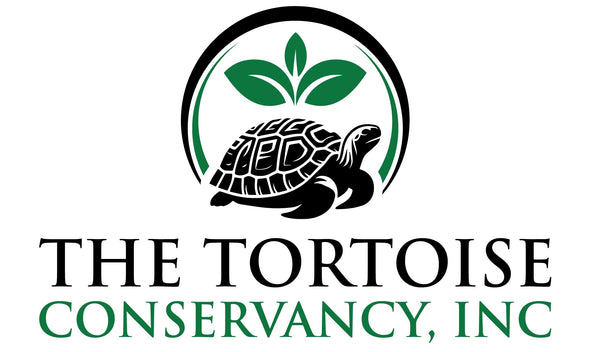
A Look Back: The History of Gopher Tortoise Conservation
Share
A Look Back: The History of Gopher Tortoise Conservation |
The conservation of gopher tortoises has a rich history filled with milestones and successes. This article reviews the history of gopher tortoise conservation, highlighting key events and achievements. Reflecting on the past helps guide future efforts.
Early Recognition and Protection: The importance of gopher tortoises in their ecosystems was recognized early on by naturalists and conservationists. In the early 20th century, efforts were made to study and protect these reptiles, laying the groundwork for future conservation initiatives. One of the first significant milestones was the establishment of protected areas and nature reserves that provided safe habitats for gopher tortoises and other wildlife.
Legal Protections: The passage of the Endangered Species Act (ESA) in 1973 marked a turning point in gopher tortoise conservation. The ESA provided federal protection for threatened and endangered species, including gopher tortoises in certain parts of their range. This legislation made it illegal to harm, harass, or kill gopher tortoises and required the development of recovery plans to promote their conservation.
Research and Monitoring: Over the decades, extensive research has been conducted to better understand the biology, behavior, and ecology of gopher tortoises. Field studies, population surveys, and habitat assessments have provided valuable data that inform conservation strategies. Monitoring programs have tracked changes in tortoise populations, habitat conditions, and threats, helping to identify priority areas for conservation action.
Habitat Conservation and Restoration: Efforts to protect and restore gopher tortoise habitats have been a cornerstone of conservation initiatives. Land acquisition and habitat management programs have preserved thousands of acres of critical habitat, ensuring that tortoises have access to suitable burrowing, foraging, and nesting sites. Restoration projects have improved degraded habitats by removing invasive species, planting native vegetation, and conducting controlled burns to maintain open, sunny environments.
Public Engagement and Education: Public engagement and education have played a crucial role in gopher tortoise conservation. Community outreach programs, educational materials, and awareness campaigns have raised the profile of gopher tortoises and garnered support for their protection. Schools, community groups, and conservation organizations have worked together to educate people about the importance of gopher tortoises and the threats they face.
Relocation and Rescue Efforts: Relocation and rescue efforts have been essential for protecting gopher tortoises in areas threatened by development and habitat destruction. When tortoises are found in high-risk areas, trained professionals capture and relocate them to protected sites where they can thrive. These efforts have saved thousands of tortoises from harm and contributed to the establishment of new populations in safe habitats.
Collaborative Conservation: Collaboration among government agencies, conservation organizations, researchers, and communities has been a key factor in the success of gopher tortoise conservation. Partnerships and cooperative agreements have facilitated the sharing of resources, knowledge, and expertise, leading to more effective conservation strategies. Collaborative efforts have also helped secure funding and support for conservation projects.
Success Stories: The history of gopher tortoise conservation is filled with success stories that demonstrate the positive impact of dedicated efforts:
- Increased Populations: Conservation initiatives have led to the stabilization and increase of gopher tortoise populations in many areas. Protected habitats and successful relocation efforts have contributed to the recovery of these important reptiles.
- Policy and Advocacy: Advocacy and policy efforts have resulted in stronger legal protections and increased funding for gopher tortoise conservation. Conservation organizations have successfully lobbied for policies that support habitat preservation and management.
- Community Involvement: Community involvement has been instrumental in achieving conservation goals. Local residents, volunteers, and citizen scientists have actively participated in monitoring, habitat restoration, and public education efforts.
Looking Ahead: While significant progress has been made in gopher tortoise conservation, challenges remain. Continued habitat loss, climate change, and other threats require ongoing attention and action. The lessons learned from past conservation efforts provide a foundation for future initiatives. By building on successes, addressing emerging threats, and fostering collaboration, we can ensure the long-term survival of gopher tortoises and the ecosystems they support.
Conclusion: Reflecting on the history of gopher tortoise conservation highlights the dedication and achievements of countless individuals and organizations. Their efforts have made a lasting impact on the protection of these remarkable reptiles. As we look to the future, it is essential to continue building on this legacy, working together to safeguard gopher tortoises and their habitats for generations to come.
